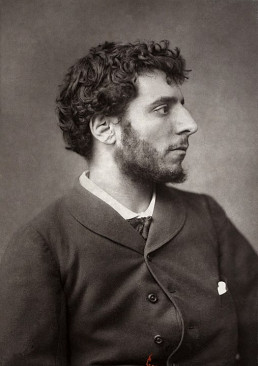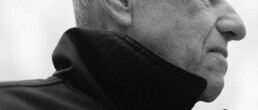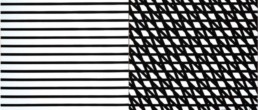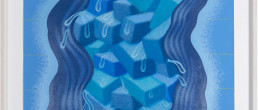Henri Martin
1860 (Toulouse) - 1943 (France)
No work available for the moment.
Biography
Henri-Jean Guillaume, known as Henri Martin, was a French post-impressionist painter who was born on August 5, 1860 in Toulouse and died on November 12, 1943. He is known for his work on the walls of the french General Assembly Hall, where the members of the Council of State met in the Palais-Royal in Paris, in the early 1920s.
Born at 127 Grande-Rue Saint-Michel in Toulouse to a French cabinetmaker and an Italian mother, Martin persuaded his father to allow him to become an artist. He began his career in 1877 at the École des Beaux-Arts in Toulouse, where he was under the tutelage of Jules Garipuy; he was also a student of Henry-Eugène Delacroix. While at the École des Beaux-Arts, he met Marie-Charlotte Barbaroux, whom he married in 1881. In 1879, Martin moved to Paris and, thanks to a municipal grant, was able to study in the studio of Jean-Paul Laurens. Four years later, he received his first medal at the Paris Salon, where he held his first exhibition three years later, in 1886.
The year after his first medal, Martin was awarded a scholarship for a trip to Italy, where he studied the work of veterans such as Giotto and Masaccio alongside Edmond Aman-Jean and Ernest Laurent. The presentation of his painting at the 1889 Salon earned him a gold medal for a work described as pointillist. In 1896, he was made a knight of the Legion of Honor, before being promoted to the rank of officer in 1905 and commander in 1914. At the 1900 World’s Fair, he received the Grand Prix for his work. During this time, he became friends with Auguste Rodin.
Other notable institutions that have hosted his Post-Impressionist paintings in their galleries through public contracts include the Elysee Palace, the Sorbonne, the Paris City Hall, the Paris Courthouse, and the Capitole in Toulouse, although the Musée des Beaux-Arts in Bordeaux and the Musée des Augustins also have important public collections.
Although Martin’s work as a Neo-Impressionist is not considered revolutionary, it has been rather well received; it has been associated with the world-class Symbolist painter Puvis de Chavannes. After joining the Société nouvelle de peintres et de sculpteurs in Paris in 1899, he was elected to the Académie des Beaux-Arts (painting section) in 1917.
Because of his introverted temperament, Martin decided to move away from Paris. After a decade of searching for an ideal home, Martin bought the Domaine de Marquayrol, overlooking the village of Labastide-du-Vert, near Cahors. It was in this peaceful new environment that he produced what some consider to be his best work. He died there in 1943. In a 2020 portrait by Le Monde, Raphaëlle Rérolle wrote about Martin painting in Labastide-du-Vert: “The elders of this village in the Lot tell us that when [the children] came out of class, [they] were not allowed to stop near him. It was better to go straight ahead, without forgetting to greet politely, otherwise the artist would complain to the schoolmistress” Two of his four sons became painters: Claude-René Martin and Jacques Martin-Ferrières. Henri Martin was also a teacher who counted among his students the American painter Nellie Ellen Shepherd. The Cahors Henri Martin Museum in Cahors, which bears his name, exhibits some of his works.






